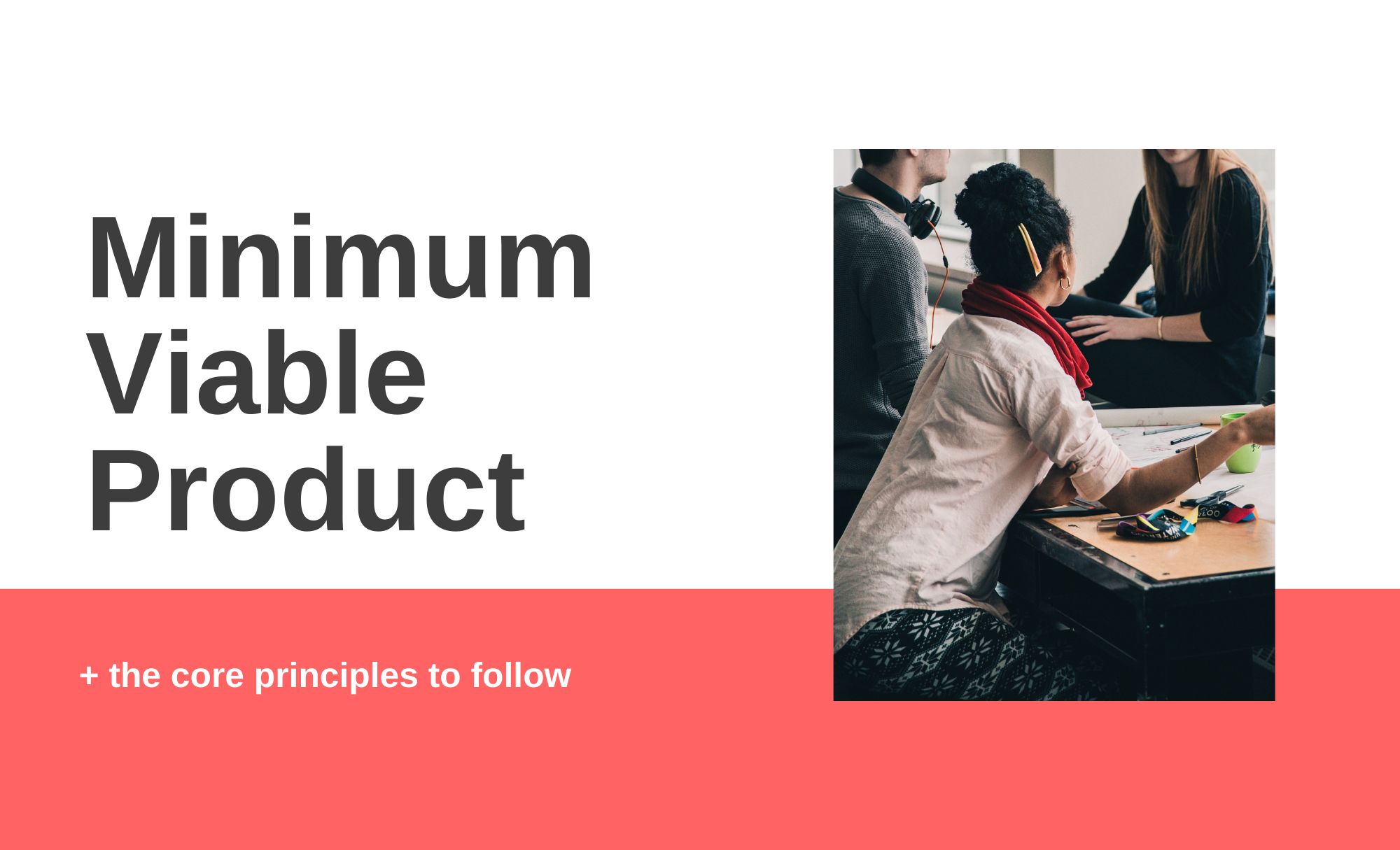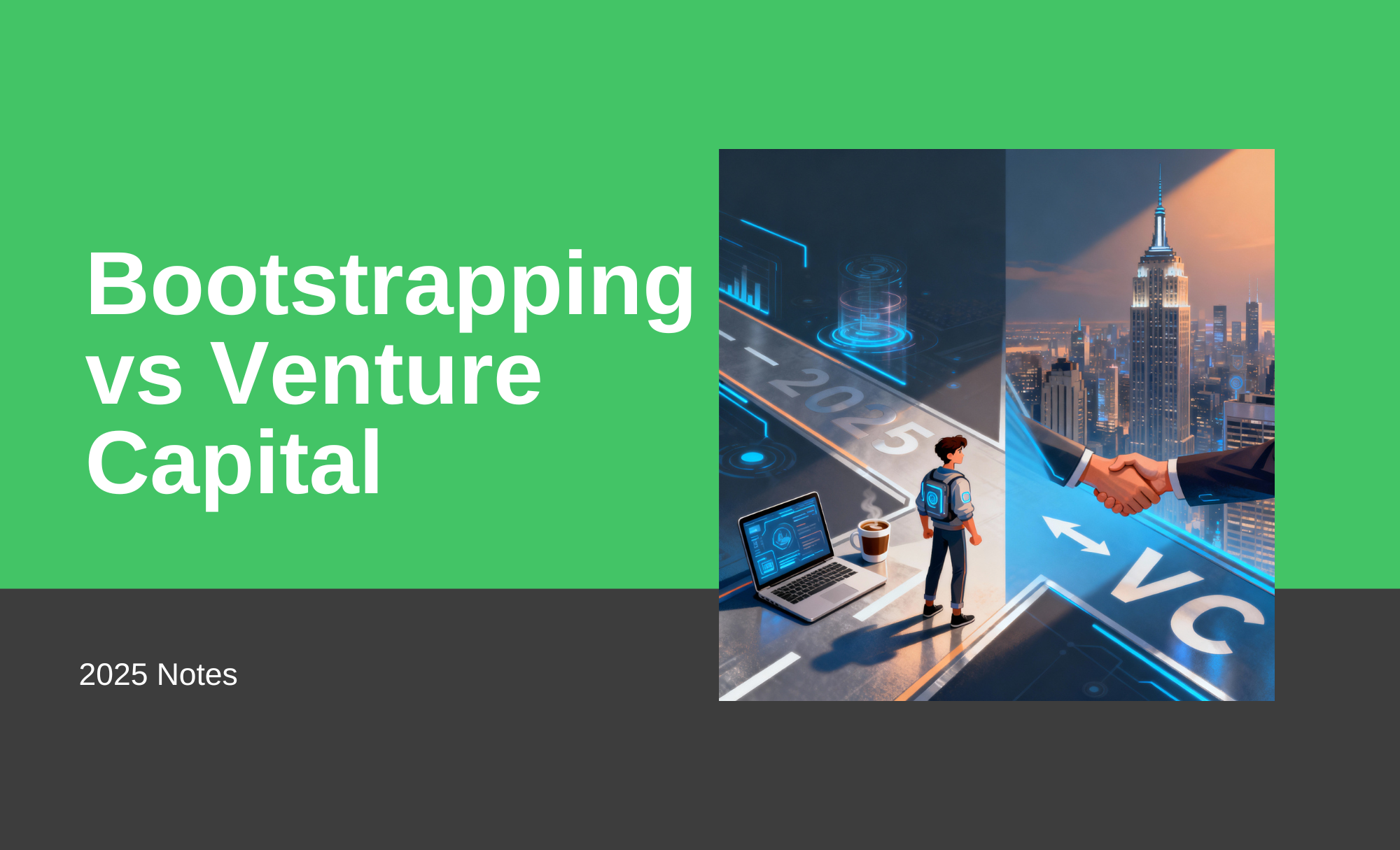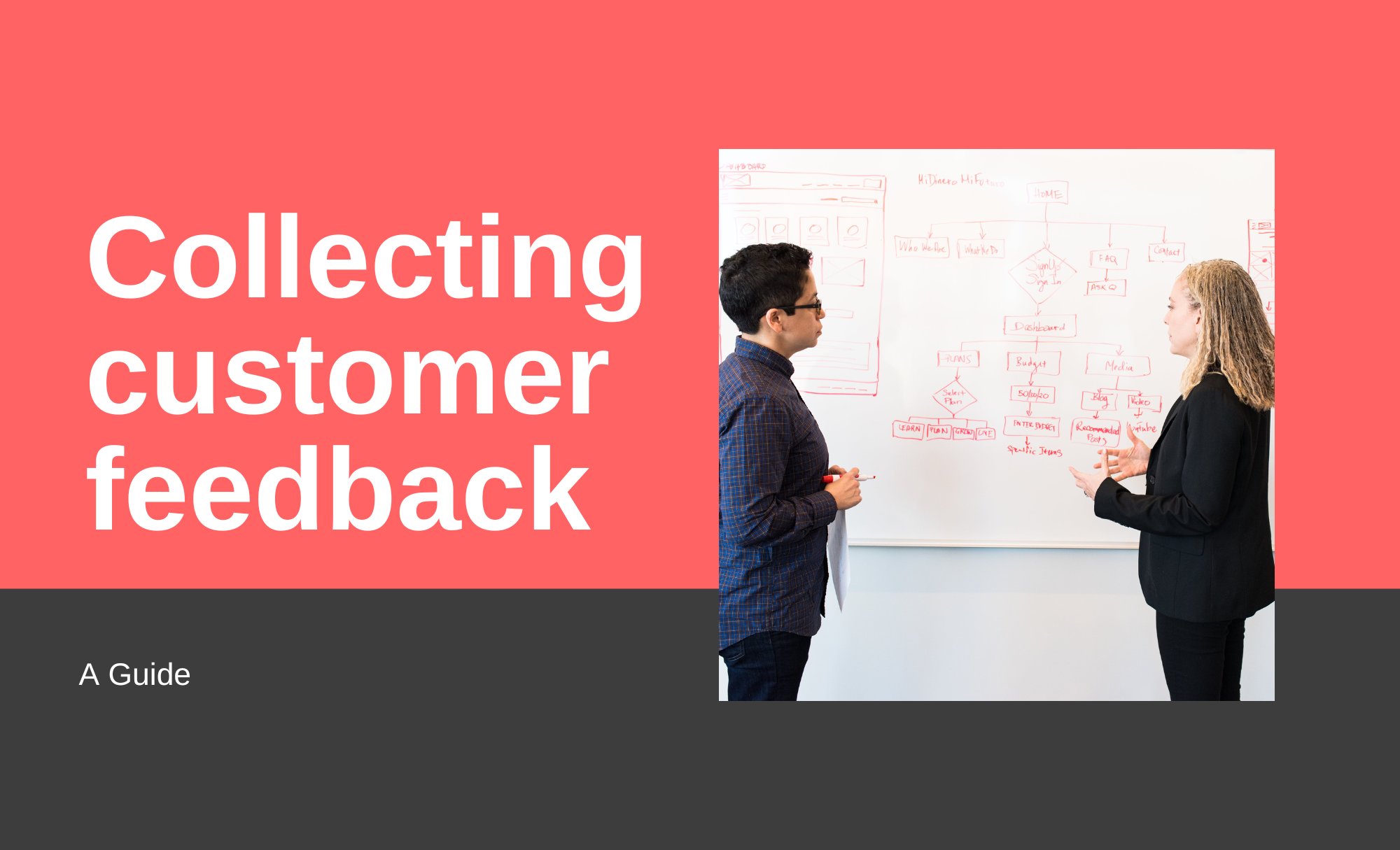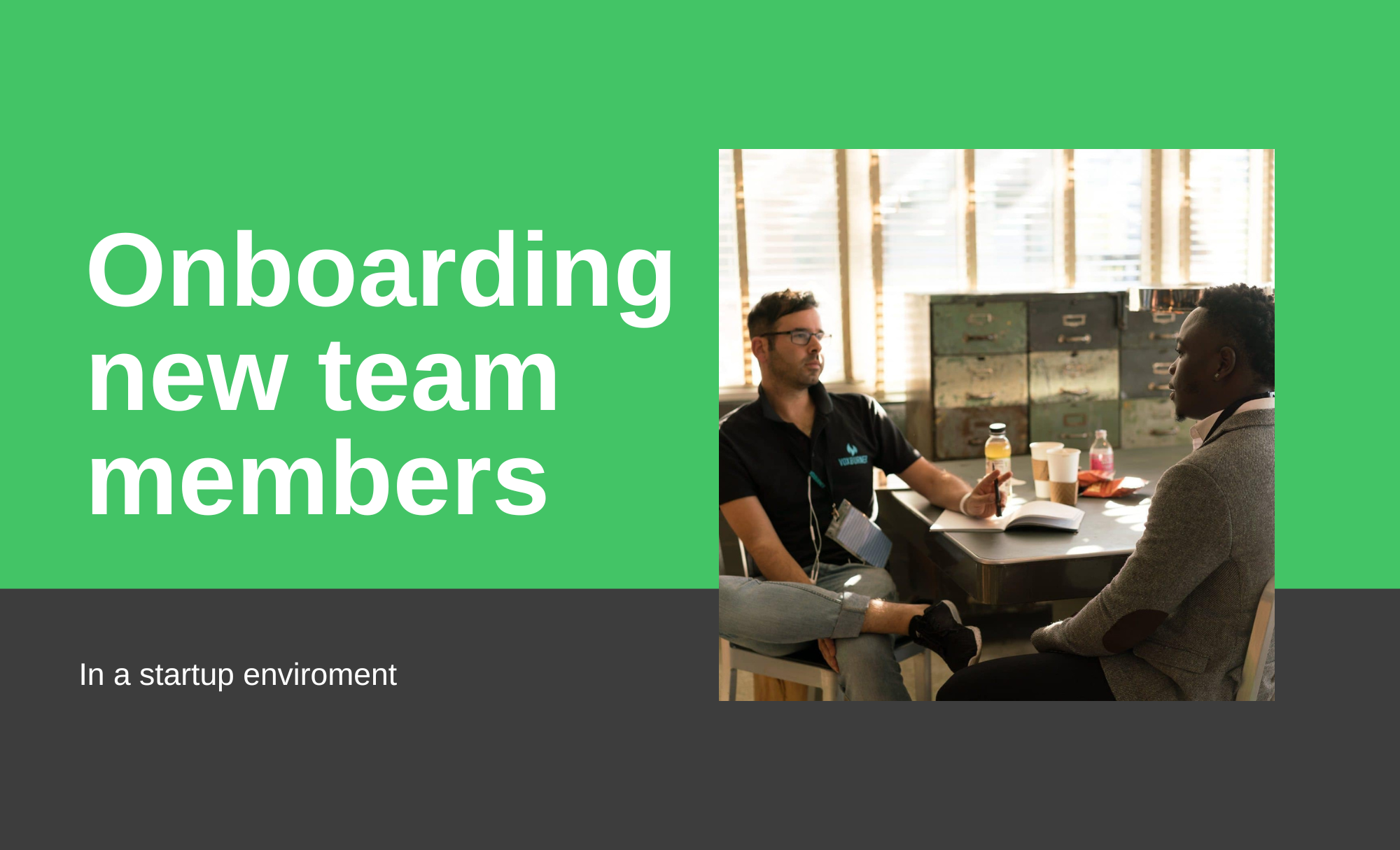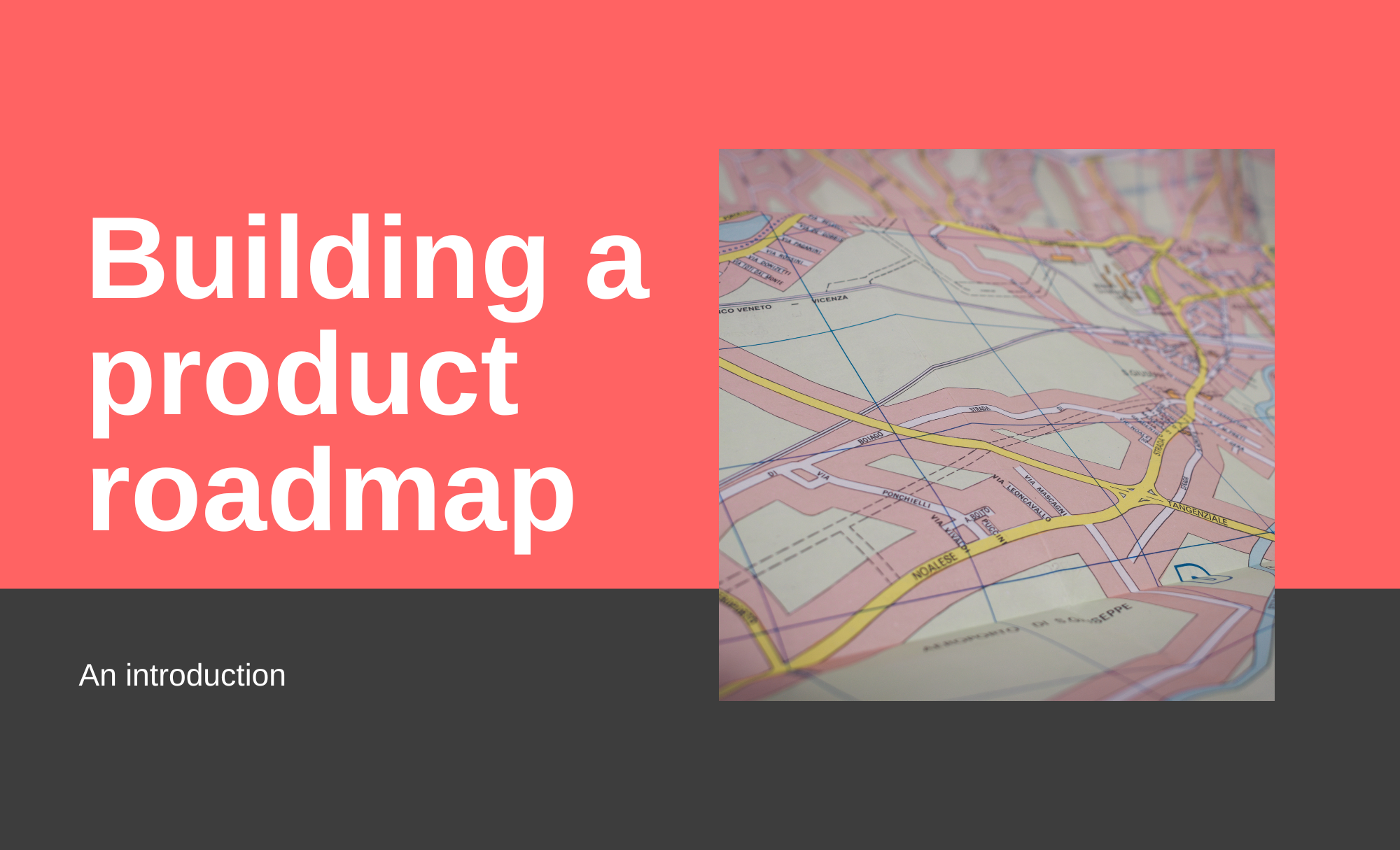Creating a minimum viable product can be challenging. Adding to that you being invested in providing the best possible product for your startup idea, makes it even harder.
We as humans are greedy by nature. We always want more – and when you are creating a product, you clearly want to differentiate from other alternatives. Let’s answer the question of how much you should differentiate.
I will be taking the example of you wanting to create an e-commerce store selling products and guiding you through the MVP core principles to follow.
🤔
I will be taking the example of you wanting to create an e-commerce store selling unique shoes at competitive prices and guiding you through the MVP core principles to follow.
Note: This article is not a “substitute” to reading the proper Lean Startup Methodology – I am just extracting the concept and making it actionable and simplified so you can use it.
3 main components of the minimum viable product
Minimum (M)
This is not a finished product, nor a whole business. Minimum means your CORE unique selling points (USPs). After you have defined what makes your product unique and what these unique selling points are, then this is what you need to implement.
🤔 In the example of the e-commerce product, your key USP is selling unique shoes at prices lower than competitors. You will need a basic e-commerce website where you can list your product, have users purchase it and that is it
Viable (V)
A viable product is a feasible product for your budget. On bootstrapped startups viable means the least amount of work possible to make it work. You want to make sure that your idea is enough developed and implemented that it is actually testable.
It does not have to be technically perfect, nor covering all the cases. But if you can properly test with real users the viability (or the capability of your idea working correctly based on your expectations), you have reached viability.
To test viability you do not need a custom platform – but you need the fastest possible way to reach your viability.
🤔 In the example of the e-commerce product, the question that you need to answer is if you can actually sell the shoes that you want to sell and clients being able to pay for their shoes and receive their shoes.
Product (P)
Drama aside, this needs to be a product. Something that your clients can access, reach and find. At the end of the day you need to take your ideas and create something tangible. If they are just designs or mockup, no one cares. You need to actually create that product, with the minimum viable features so that it makes sense.
🤔 In the example of the e-commerce product, you need to create an e-commerce website, that works and has products in it.
